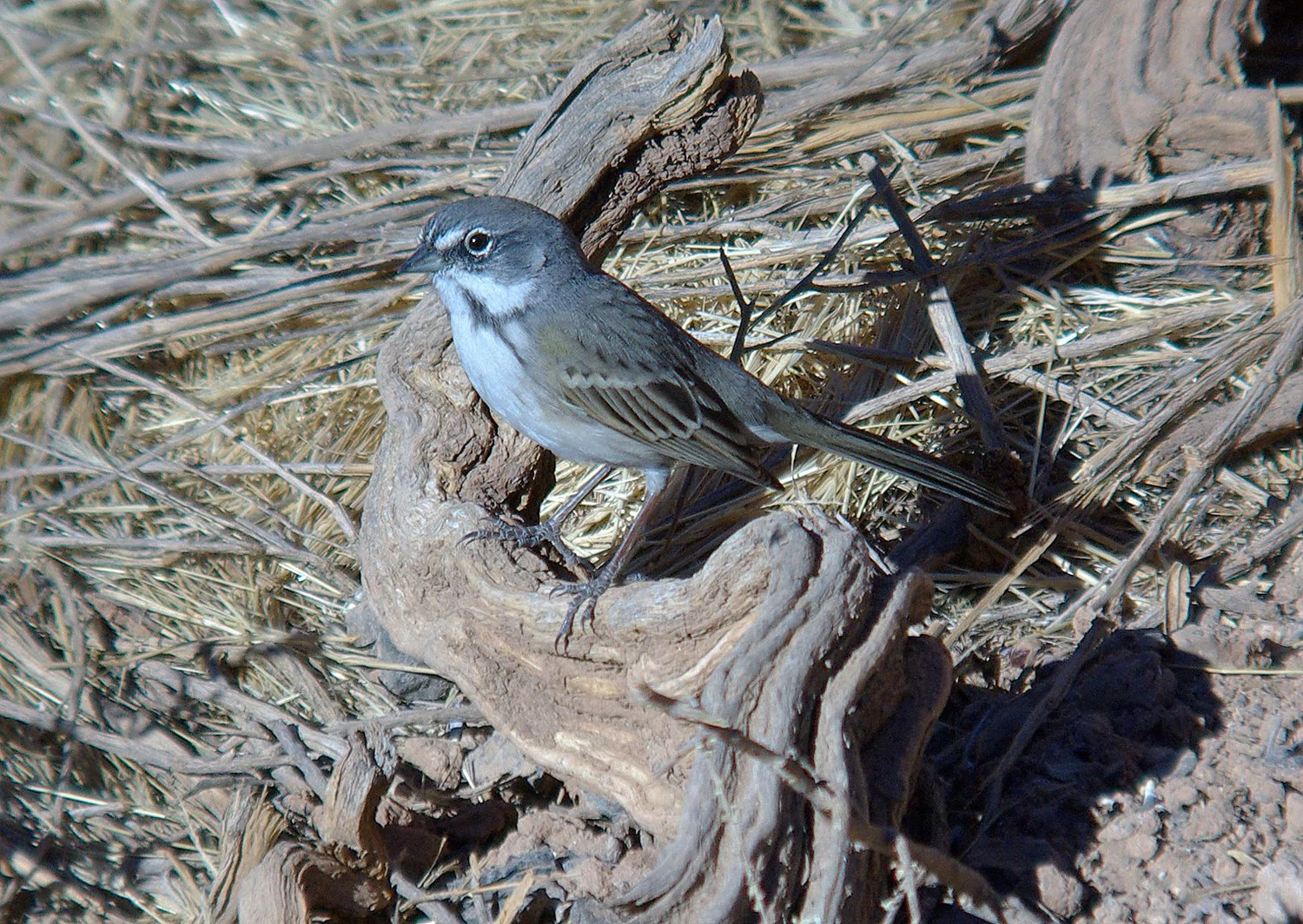Bell’s Sparrows have a gray head with a white patch in front of the beak and are medium-sized birds. A black border on their beak, a white eye ring, a black down the neck, a gray back, and a white chest and belly are also present.
Their long, pointed tails are frequently kept upright. Juveniles are brown all over, and males and femenas appear similar.
- Artemisiospiza belli
- Length: 6.25 in (16 cm)
- Weight: 0.7 oz (20 g)
- Wingspan: 8.25 in (21 cm)
Range
All year, Bell’s Sparrows can be found in the southwest United States and northern Mexico.
Habitat And Diet
Bell’s Sparrows are frequently misidentified as Sagebrush Sparrows because they can be found in sagebrush habitats. They live in coastal saltbush and open, arid environments.
Sparrows foraging on the ground are common in Bell’s Sparrows. They scurry beneath bushes for safety on a regular basis. They eat shrub and grass seeds. Insects such as grasshoppers and beetles are also consumed by them.
Nests
Bell’s Sparrow nests may be found at ground level. They’re made of feathers and fur, with a sagebrush cup holding twigs, grass, and bark. For roughly sixteen days until they hatch, the female lays approximately five eggs and takes care of them. Males sing from a dry perch in order to defend their territory.
Fun Fact:
After 115 years of debate, Bell’s Sparrow was recognized as a distinct species from the Sage Sparrow in 2014. The argument was finally put to rest by DNA results from these two birds.
